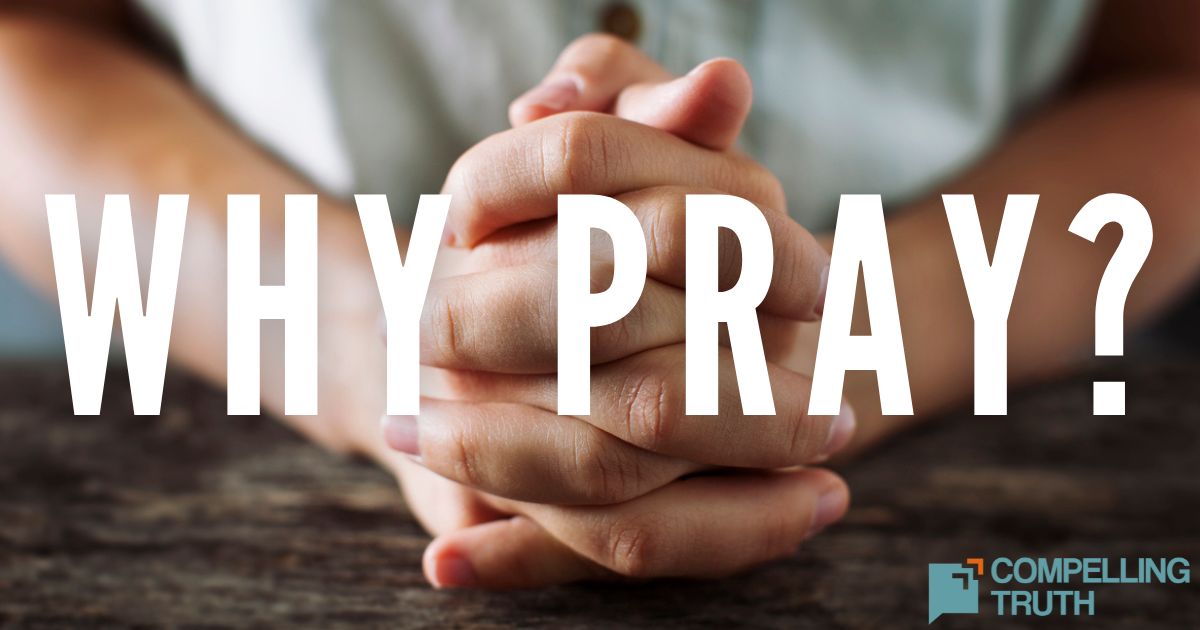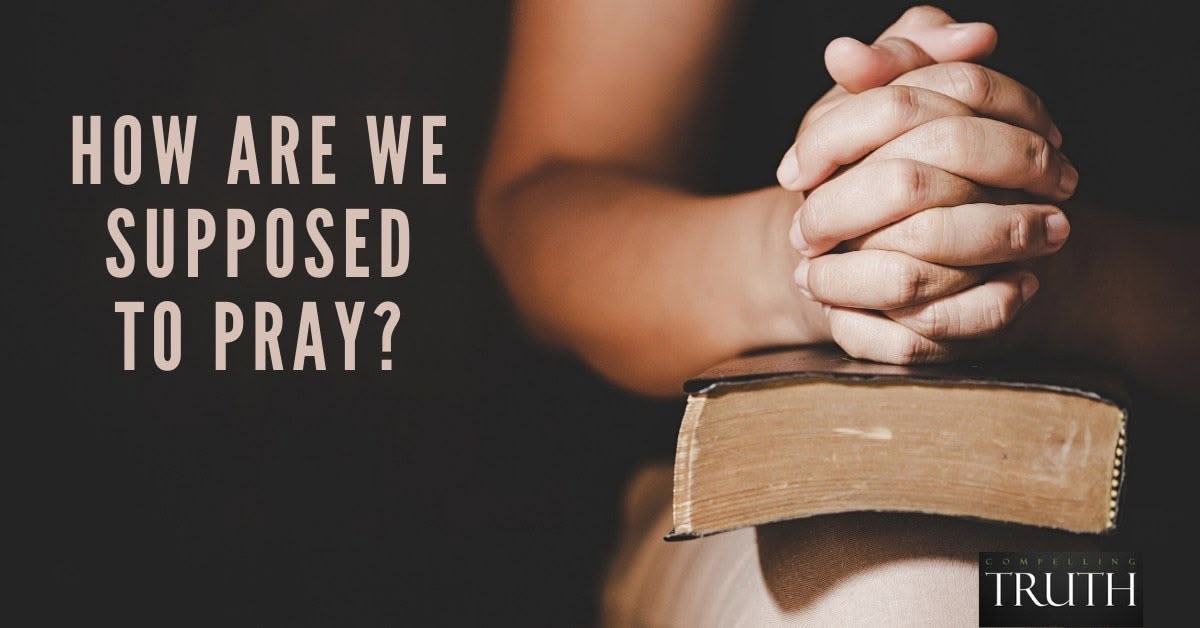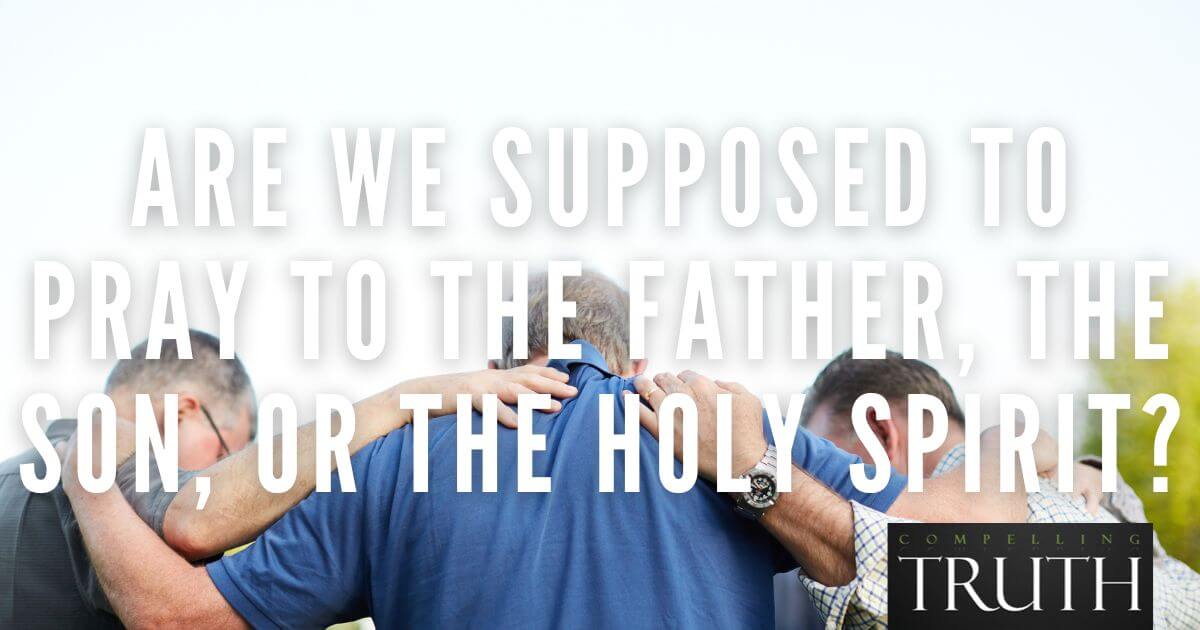The different structures for communal worship in the Old Testament (tabernacle and temple) were considered the house of God (for example, see 2 Samuel 7:1–17) because that was where He “dwelled” with Israel. These structures included three sections—the courtyard, the Holy Place, and the Most Holy Place. The Most Holy Place included the ark of the covenant, and only the high priest could enter into it, and that only once per year (Exodus 25; Leviticus 16; Hebrews 9). In the Holy Place, among other items (Exodus 25—27), was an altar of incense (Exodus 30:1–10). There incense was to be burned each morning and evening. Incense often stands for prayer in Scripture (Psalm 141:2; Revelation 5:8; 8:3), so that is one way it which it could be said that the tabernacle or temple was a “house of prayer.” Consider, too, that the people went to the house of God to make sacrifices and worship the Lord, which would certainly include prayer (Luke 1:10).
The passage in Isaiah 56:7 talks about all the nations freely accessing God’s house. When Jesus died as the sacrificial lamb for humanity, the veil that separated the Holy Place from the Most Holy Place tore in two (Matthew 27:50–51), signifying that access had been opened for all believing people to come before God (Hebrews 4:14–16; 10:19–23). There will be a future day when we will travel to God’s mountain (the New Jerusalem) and enter His house in prayer and be with Him forever (Revelation 21—22).
When Isaiah prophesied about God’s “house of prayer” being accessible by everyone, he must have been shocked! He knew that the separation within the temple was designed by God to protect the Israelites from His burning hatred of sin reaching out and destroying them. For “all peoples” to go into the temple meant that “all peoples” needed to be righteous.
But no one is! Paul, quoting various Old Testament passages, showed that everyone is a sinner (Romans 3:9–18) and deserving of God’s wrath (Romans 6:23). For God to be just, He has to destroy all sinners. How can there be anyone who enters into God’s presence without being destroyed?
In the Old Testament, God provided animal sacrifices to temporarily atone for sin. In the New Testament, He provided His Son, Jesus (Genesis 22; John 3:16–18). Jesus is fully God and fully human (John 1:1–4, 14). He was therefore able to atone for sin completely as our representative (Romans 5:6–21). He was the final sacrifice needed for our sin (Hebrews 8—10), and the one to whom the Old Testament sacrificial system always pointed (Genesis 12:3; Jeremiah 31:31–37).
When Jesus died and God poured out His wrath on Him, the curtain was torn because access to God had opened up. It was not opened because we are perfect but because Jesus is (Hebrews 10:19–23). It is also only open to those who have been covered by Jesus’ blood by repenting from their sin and turning to follow Jesus (Ephesians 1:3–14; 2:1–10).
Now, when a believer approaches God, he is clothed in the righteousness of Christ. In the Old Testament, if someone other than the high priest walked into the heart of the temple on a day other than the Day of Atonement, he would be struck dead. However, now we are welcomed in because God sees Jesus’ righteousness when He looks at believers.




